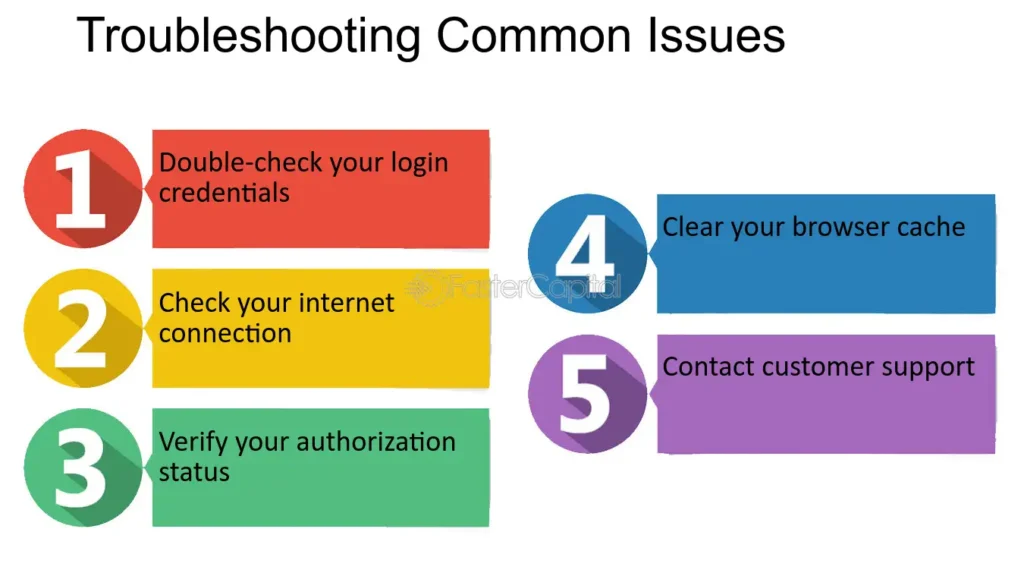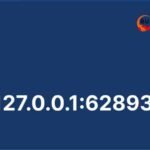127.0.0.1:62893 is a combination of a loopback address (127.0.0.1) and a port number (62893). The loopback address represents your own device or computer. When an application or service needs to communicate with another part of the system, but only internally, it uses 127.0.0.1, also called localhost. Think of it as a way for your computer to talk to itself.
Table of Contents
What is 127.0.0.1:62893?
The port number 62893 is a unique identifier for a service running on localhost. Computers use many ports to differentiate between different programs or services. For example, web browsers might use port 80 for HTTP traffic, while your database might use port 3306. Here, port 62893 belongs to the dynamic or private range, meaning it is typically assigned for temporary services, such as testing, development, or custom applications running on your computer.
How 127.0.0.1:62893 Works in Networking
In networking, 127.0.0.1:62893 acts as an internal communication gateway. The IP address 127.0.0.1 refers to the localhost, which means that any data sent to it stays within the device that initiated the communication. It’s as if your computer sends messages to itself. The port number 62893 plays a crucial role here, as it tells the system which specific service or process should handle the data. Multiple applications can run on the same computer using different port numbers, ensuring that one service does not interfere with another.
When data flows through 127.0.0.1:62893, it bypasses external networks, staying entirely within the local system. This setup is especially valuable for testing new applications and services without needing internet access. The operating system directs traffic to the right service through the specified port, ensuring smooth communication between programs.
Practical Applications of 127.0.0.1:62893
There are several ways developers and users leverage 127.0.0.1:62893:
- Web Development:
Developers use localhost to host and test web applications. For example, running a website on 127.0.0.1:62893 allows developers to preview changes without deploying them live. - Software Debugging:
Debugging becomes easier when programs communicate via localhost. Issues can be identified without affecting real users or live systems. - Network Simulation:
Educators and students use localhost to demonstrate how networking works without needing real servers. - Custom Tools:
Some custom software uses specific ports like 62893 to gather data or run analytics tools privately within the system.
Common Issues and How to Troubleshoot
Despite its benefits, users might encounter errors with 127.0.0.1:62893. Here are some typical issues and their solutions:

| Error | Cause | Solution |
|---|---|---|
| Connection Refused | Service not running or port blocked | Start the service, check firewall settings |
| Address Already in Use | Another service uses port 62893 | Stop the conflicting service, or change port |
| Firewall Blocks Traffic | Firewall blocks localhost communication | Create an exception in firewall rules |
Additional troubleshooting tips include:
- Restarting services to ensure everything is running.
- Checking configurations to confirm the correct port is assigned.
- Using network tools like
netstatorlsofto identify which service is using the port.
Is it Safe to Expose Port 62893 to the Public?
Exposing 127.0.0.1:62893 to external networks is not recommended due to significant security risks. Since localhost ports are meant for internal use, making them publicly accessible opens the system to attacks. Here are the main risks:
- Unauthorized Access: Exposing the port allows anyone on the internet to attempt connections, which could compromise your data.
- DoS Attacks: Hackers could overwhelm the port with requests, causing the service or system to crash.
- Security Vulnerabilities: Custom services might not have robust security, making them easy targets.
Best Practice: Keep 127.0.0.1:62893 accessible only within the local network and ensure firewall settings prevent external connections.
Benefits of Using 127.0.0.1:62893 for Development
Using 127.0.0.1:62893 for development offers many advantages:
- Isolated Testing: Developers can run applications without worrying about conflicts with live environments.
- Faster Iteration: Local development enables quick changes and testing without delays from server deployment.
- Improved Security: Since everything runs on localhost, the application is protected from external threats during development.
This setup ensures developers have complete control over the environment, allowing for more efficient testing and troubleshooting.
Tools for Managing Localhost and Ports
Several tools help manage and troubleshoot 127.0.0.1:62893 and other ports effectively:
- Wireshark: Monitors and analyzes network traffic.
- PortQry: Diagnoses open or blocked ports.
- lsof (Linux/macOS) and netstat (Windows): Identify active services using specific ports.
These tools help ensure the correct setup and configuration of services running on localhost and assist in detecting conflicts or unauthorized access attempts.
Comparing 127.0.0.1:62893 with Other Localhost Ports
Different localhost ports serve distinct purposes in networking. Below is a comparison:

| Port | Usage | Description |
|---|---|---|
| 80 | HTTP | Standard web traffic |
| 443 | HTTPS | Secure web traffic |
| 3306 | MySQL | Commonly used for database management |
| 62893 | Custom/Internal Services | Used for local testing and private communications |
Port 62893 stands out because it falls within the dynamic range, meaning it can be assigned temporarily for specific purposes, such as development and debugging.
Future Trends and Best Practices
The usage of 127.0.0.1:62893 is expected to evolve with new developments in networking and software testing. Key trends include:
- More Secure Local Environments: Developers are focusing on enhancing security even for localhost testing.
- Containerization Tools: Technologies like Docker make it easier to manage multiple services and ports on the same machine.
- Integrated Development Environments (IDEs): Modern IDEs offer built-in support for localhost testing, streamlining the development process.
Following best practices—like regularly updating software, keeping ports private, and monitoring for unauthorized access—ensures safe and efficient use of localhost services.
FAQs About 127.0.0.1:62893
- What is 127.0.0.1:62893?
It is a loopback address and port combination used for local communication on your computer. - How can I set up a service on 127.0.0.1:62893?
Install a local server environment, configure it to use port 62893, and ensure the service is running. - Are there any risks in exposing this port publicly?
Yes, exposing it can lead to unauthorized access and DoS attacks. - What tools can I use to manage this port?
Tools like Wireshark, lsof, netstat, and PortQry help monitor and troubleshoot localhost ports. - Why use 127.0.0.1:62893 for development?
It provides a secure and isolated environment for testing without affecting live services.
Conclusion
Understanding 127.0.0.1:62893 gives insight into how computers manage internal communication through localhost and ports. This combination plays a critical role in development, debugging, and testing environments by providing a secure and isolated way for applications to function without relying on external networks. It ensures that developers can test their programs efficiently, catch errors early, and fine-tune services in a controlled environment.
However, using localhost ports requires careful management. Opening ports like 62893 to public networks can expose the system to security threats such as unauthorized access or DoS attacks. Therefore, it’s crucial to keep these services restricted to the local environment and monitor port activity for any irregularities.
Read More : 127.0.0.1:49342







